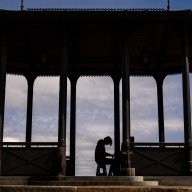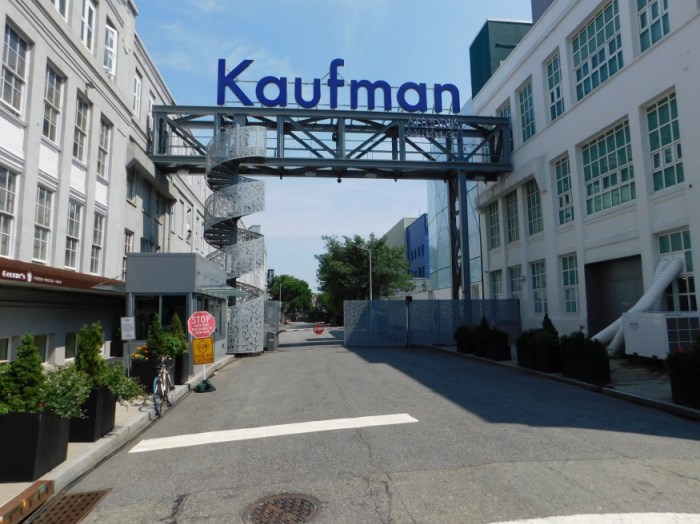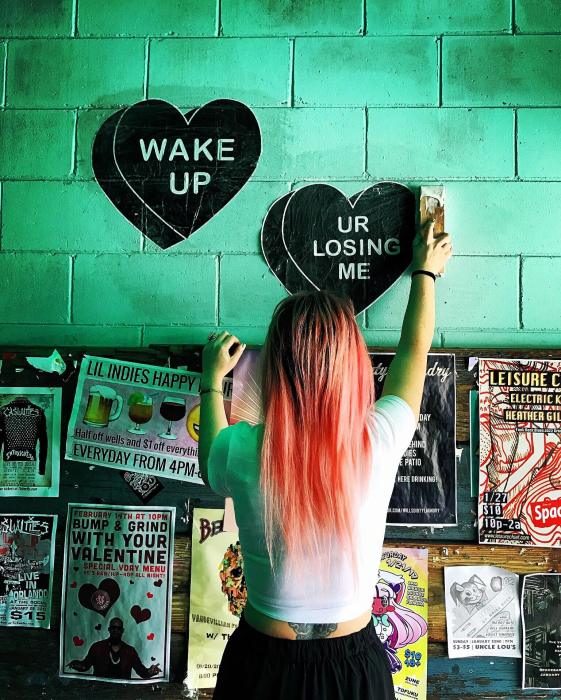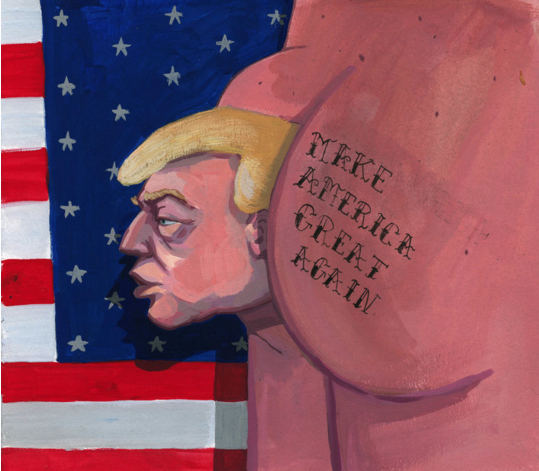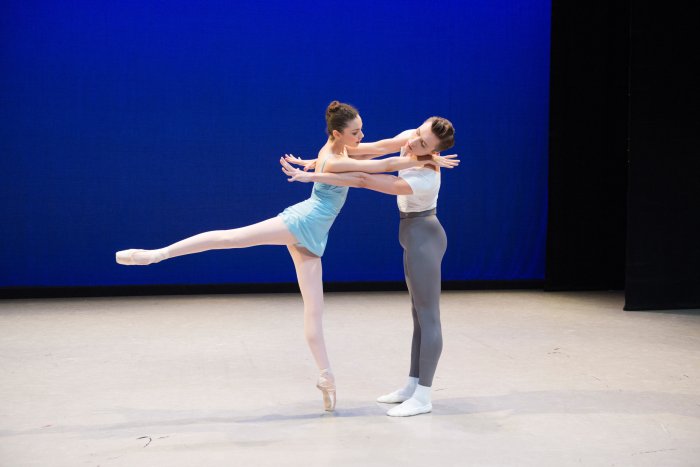Time to head down to the waterfront: “All at Once,” a twenty-year survey of work by Arlene Shechet, is now openat the Institute of Contemporary Art. Shechet is known for her material variety and the exhibit features blown glass, plaster, paper, clay, wood, brick and porcelain. Curator Jenelle Porter describes Shechet’s work as“recasting century old tradition into her mold.” “All at Once” progresses chronologically, beginning with early work from the nineties when Shechet was primarily working with plaster. She explains that plaster’s quickness to dry helped her focus in the studio. While the forms were initially intended to be abstract, Shechet couldn’t help but notice the shape of a Buddha in her work. For the following year she continued making plaster Buddha sculptures and companion paper pieces. The show is expansive. Each room represents a phase of her work and each phase seamlessly gives way to the next, emphasizing the artist’s evolution. In the main hall of the exhibit, glazed sculptures fill the space. They’re reminiscent of organs, bubbling and sagging with many tiny holes. Each is on a custom pedestal made from a wide range of material including metal and kiln brick. Porter explains that in doing this, Shechet is “using the apparatus of the studio in the sculpture,” before going on to point out with some glee, “and we can actually have light!” Unlike previous exhibits, Shechet’s sculptures are not sensitive to light, so the curators were able to open the museum’s ceiling-length skylights. The light compliments the work, illuminating the space, form and material. There’s a good chance “All at Once” is the most of Shechet’s work you’ll ever see in one place. In addition to the sculptures acquired for the exhibit, the ICA borrowed work from permanent collections at the Museum of Fine Art and the Harvard Art Museums. When asked how many pieces were in the show, Shechet paused. “More than three hundred probably.” She had never counted, and after seeing the exhibit, you’ll understand why. One room alone holds nearly fifty porcelain sculptures from her time in residence at Meissen, a world renowned German porcelain factory. Shechet summarizes her career and work simply. “I’m trying to discover the form, trying to discover what I want to make.” As you near the end of the show, her work is larger and more colorful. Porter notes that Shechet’s latest pieces are looking back to the colorful buddhas she began with. “There is constantly a conversation among the work.”
Learn all about artist Arlene Shechet at the ICA’s new exhibit, ‘All at Once’
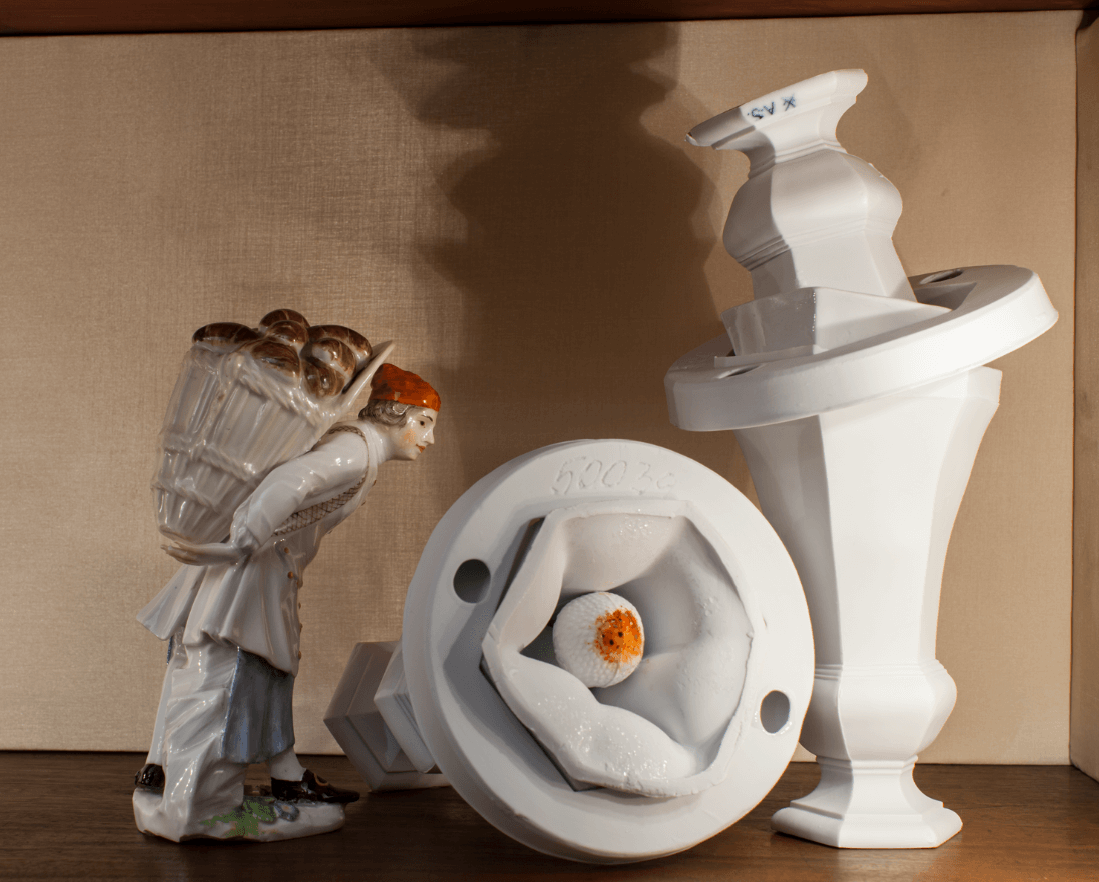
Courtesy of the ICA/Boston







